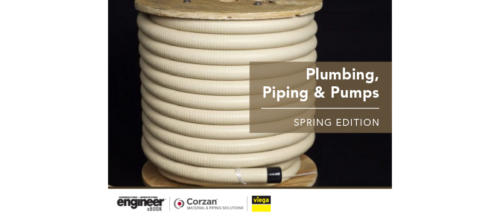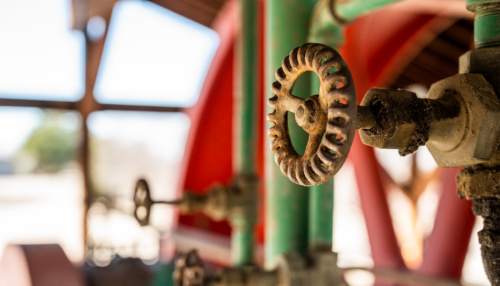Retro-commissioning guidance: Fire and life safety
While starting from scratch on a not-yet-built structure can be taxing, engineering systems on existing buildings presents a unique set of challenges. Here, experts in the field offer advice on how to best make such systems fall into place, particularly fire and life safety systems.
Participants (left to right):
Kenneth D. Hahn, CxA
Division Manager
RMF Engineering
Baltimore
David J. LeBlanc, PE
Vice President
Rolf Jensen & Assocs. Inc.
Framingham, Mass.
Ali Mahmood, PE
Manager, Chicago Operations Group
Stanley Consultants
Chicago
Stephen R. Wiggins
Associate Partner, Commissioning Group
Newcomb & Boyd
Atlanta
CSE: What unique fire suppression systems have you specified in retro-commissioning projects?
LeBlanc: For existing buildings we have designed and commissioned various fire protection and life safety systems: fire alarm, sprinkler, standpipes, special suppression systems, special detection systems, hazardous material monitoring systems, fire pumps, water mist systems, and smoke control system modeling and performance criteria.
CSE: How have the costs and complexity of fire protection systems changed in recent years?
LeBlanc: The cost and complexity of the fire protection and life safety changes have been on the rise over the recent years, due to increased complexities of the buildings, which have necessitated more integrated and complex fire protection and life safety systems. The building codes continue to allow more performance-based solutions, which allows greater flexibility in the design of the buildings but oftentimes requires more complex fire protection and life safety system solutions. Furthermore, new fire protection and life safety products are ever increasing, along with an increase in the allowable communication pathways for fire protection systems. Development of an integrated test plan, in accordance with NFPA 3, is critical in outlining the test scenarios to verify proper performance of the various integrated fire protection and life safety systems in meeting the owner/project goals and objectives.
CSE: What are some important factors to consider when designing a fire and life safety system? What things often get overlooked?
LeBlanc: Many fire protection and life safety systems sit there for months or years waiting for an event to happen, and when it does you want that previously idle system to perform as originally designed and intended. [You need to perform a] detailed review of when systems activate, but also a review when systems are not supposed to activate. For example, activation of an atrium smoke control system upon a non-atrium sprinkler water flow can have the disastrous effect of pulling remote smoke from a fire through your entire building to the atrium. Obviously, this is not the intended or desired goal, but these types of scenarios have happened in buildings due to the lack of coordination and oversight. During design and construction phases, independent third-party review and special inspection of smoke management/control systems are commonly overlooked. Other common oversights include proper system supervision, timing and feedback of sequences, and the requirement for automated weekly self-testing of dedicated smoke control systems. The proper coordination, integration of the various fire protection and life safety systems, commissioning, and integrated testing of these systems still remains the biggest challenge in meeting the owner/project goal and objective.
CSE: Has NFPA 3 affected your retro-commissioning projects? How so?
LeBlanc: First, this document is the first time integrated fire protection and life safety systems have to actually be commissioned at the same time and the integration tested. The industry and owners were very inconsistent with these integrated systems and the commissioning of these systems. Use of NFPA 3 for fire protection and life safety systems has started standardization of terminology, process, expectations, and roles. Large property owners, universities, and various U.S. federal government agencies are increasingly adopting NFPA 3 for commissioning of their fire protection and life safety systems. Currently under development is the new NFPA 4, which will further change commissioning in both existing and new buildings.
Wiggins: No, our practices pretty much matched up well with the new guide.
Do you have experience and expertise with the topics mentioned in this content? You should consider contributing to our CFE Media editorial team and getting the recognition you and your company deserve. Click here to start this process.




